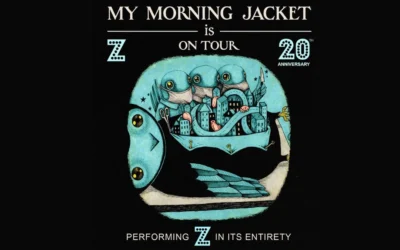Parity in college basketball — after the top four teams in last week’s poll all lost over the last seven days, defending national champion Duke became the third team to occupy the no. 1 spot in the Associated Press rankings earlier today, Monday, February 21 — has not translated into big business at the box office.
According to a USA Today story earlier this month, gate receipts for the big six Division I conferences — the Atlantic Coast Conference, the Big East, the Big XII, the Big Ten, the Pac-10 and the Southeastern — are down 5 percent from last year’s totals. Through Wednesday, February 9, the average attendance for games in those six conferences was 10,262. The ACC is in danger of finishing with a sub-10,000 average for the first time since the 1988-89 season while the SEC has endured the biggest decrease as attendance in the 12-team league has dropped more than 1,000 per game to 10,586.
With several big games still on the docket and regular season conference championships still to be determined, odds are the averages will rise in the final two weeks of the regular season and come close to last year’s figures. And while the usual possibilities apply for the drop thus far — poor weather in much of the country and a still-recovering economy — the decrease is a cause for concern given how unpredictable the season has been and how wide-open the national championship race appears and another sign that big-time college basketball may be suffering from overexposure as well as a lack of urgency that accompanies its regular season.
Teams in the big six conferences host either eight or nine conference games in addition to the non-conference games (most of which are against lower level Division I schools) they play before the New Year. Generally speaking, teams that play in one of the big six conferences and manage to go .500 or better in conference play are in good position to earn a berth in the NCAA Tournament.
Thirty-two of the 65 teams in last year’s tournament were from one of the big six conferences. And of the 34 at-large bids (spots given to teams that did not earn an automatic berth by winning their conference tournament), 26 were snapped up by the big six.
Contrast that to the landscape in college football, where the big six conferences comprise the Bowl Championship Series. Most teams get no more than six home games every fall and the thin margin for error in the national championship race, where two losses likely eliminates a school, lends a win-or-else importance to every game that translates into ticket demand as well. According to USA Today, the only one of the six BCS conferences that didn’t enjoy an increase in attendance last fall was the Pac-10.
C.M. Newton, the one-time NCAA basketball committee chairman, told USA Today the intensity of the football season — which extended all the way until January 10 this year — may be having an effect on college basketball ticket sales and the solution could be to start the basketball season later.
“I think that affects attendance,” Newton told USA Today. “It certainly affects the entertainment dollar.
“There’s a very simple answer and that is to move the basketball into the second semester,” Newton added. “You’d have to have April Madness instead of March Madness. What’s the big deal?”



